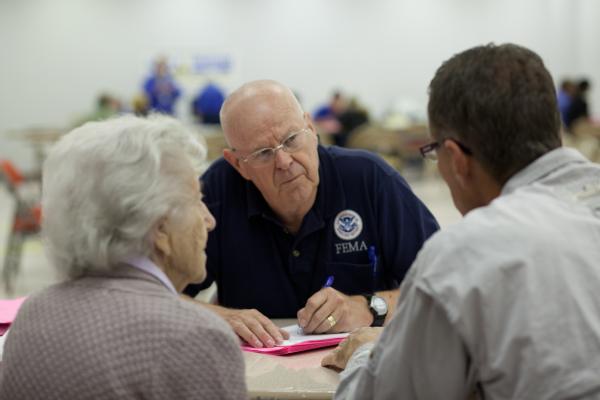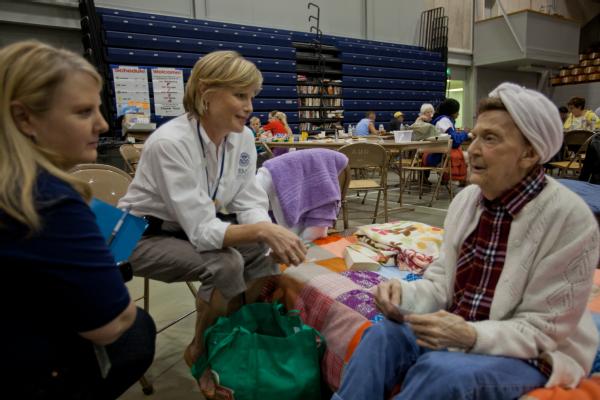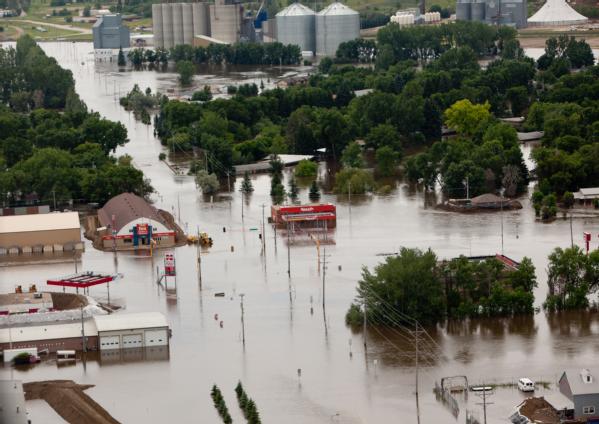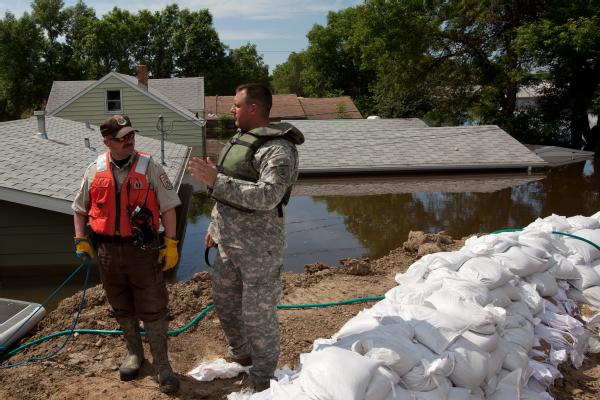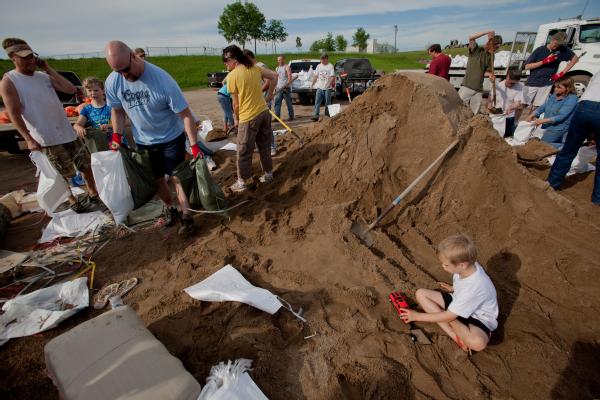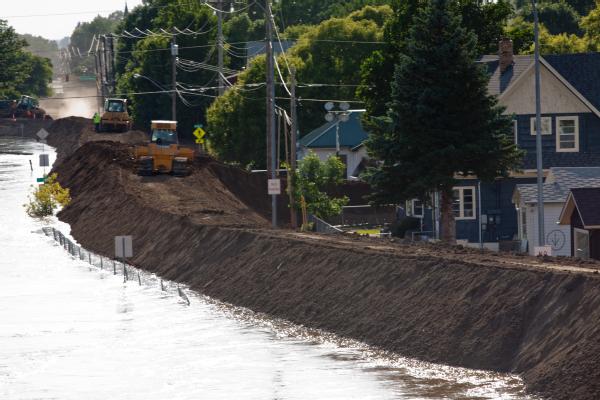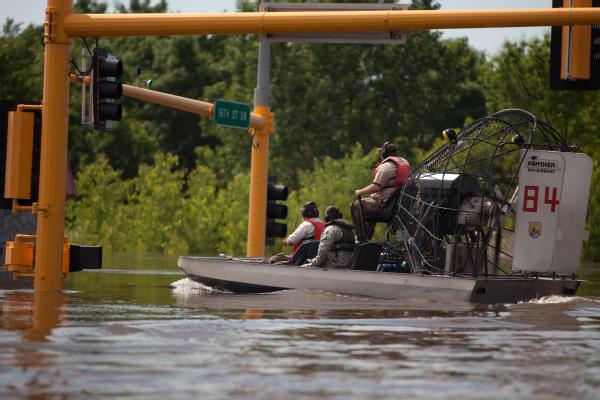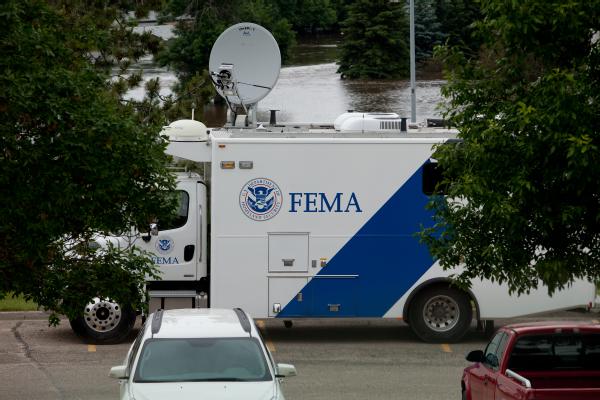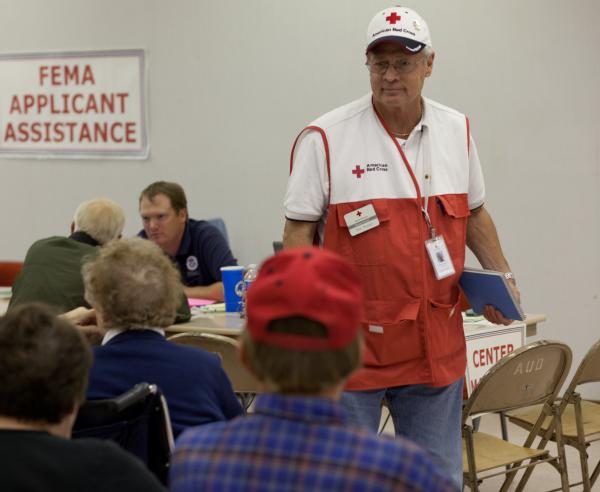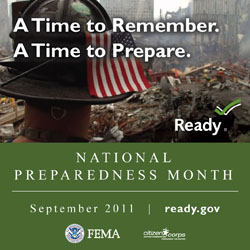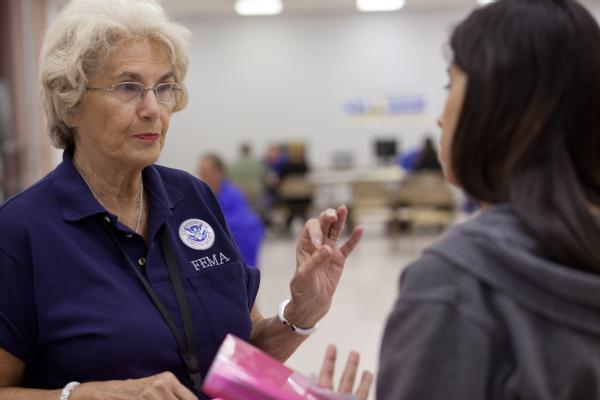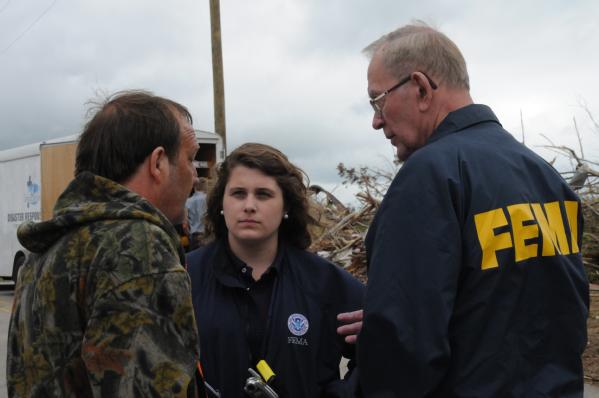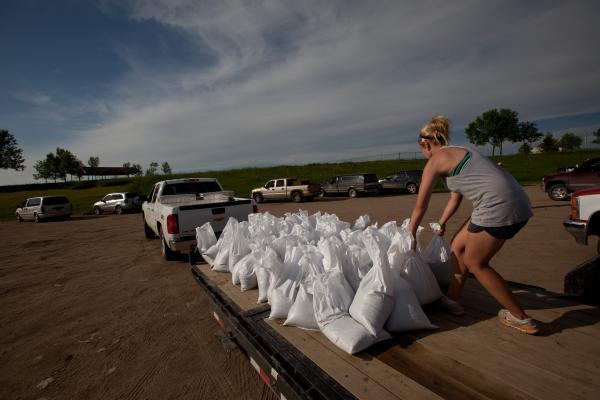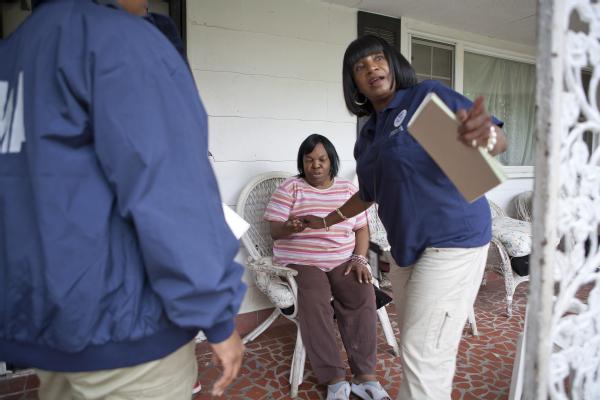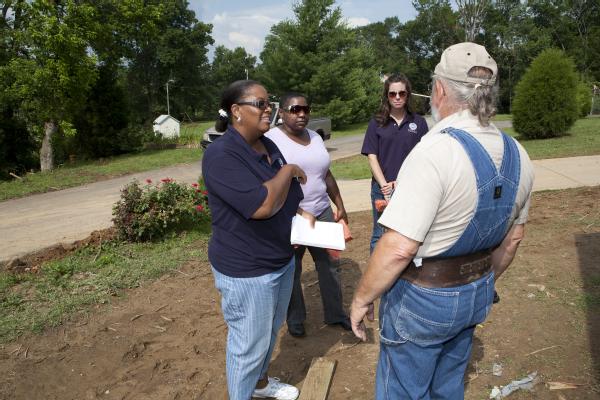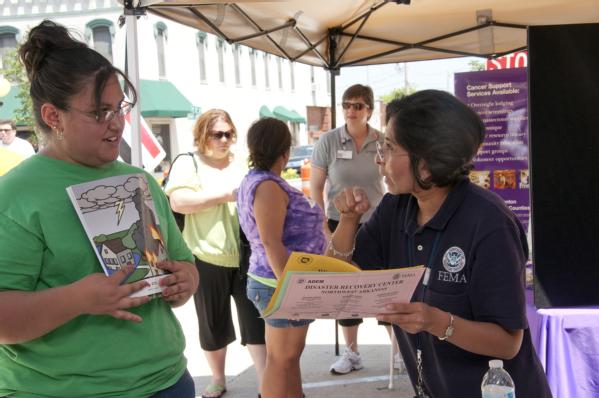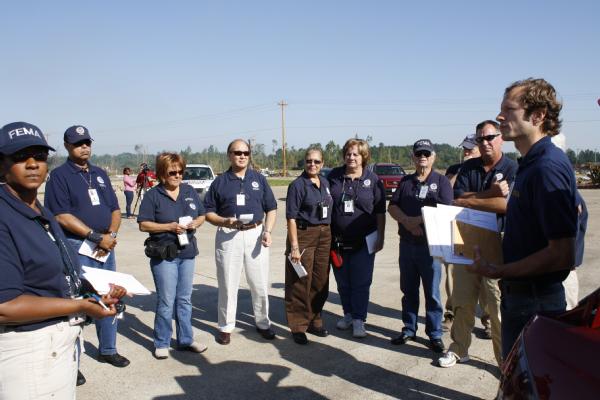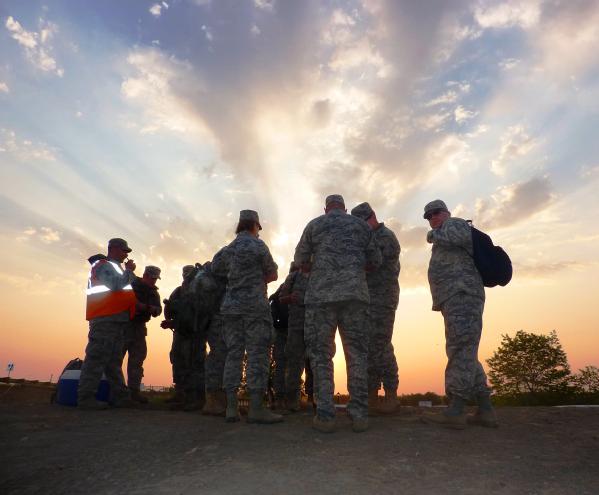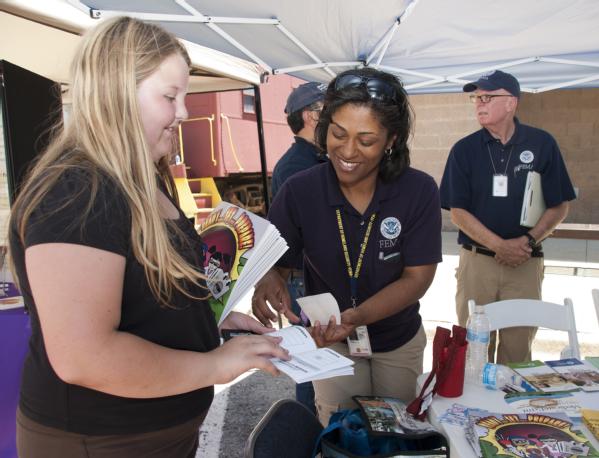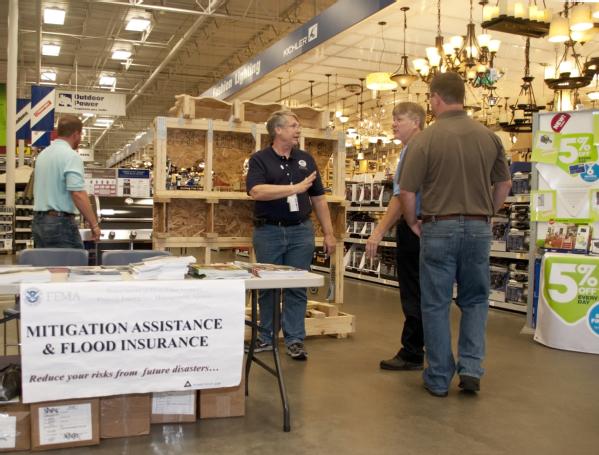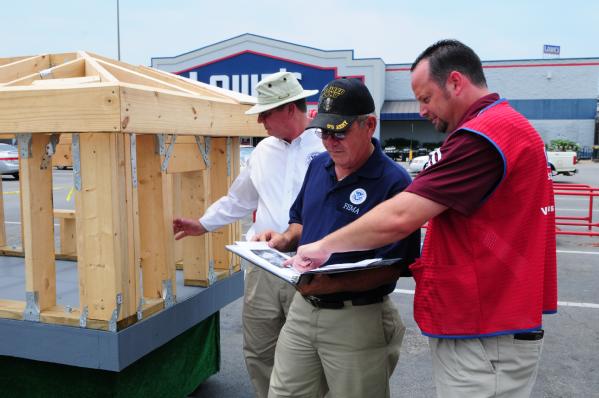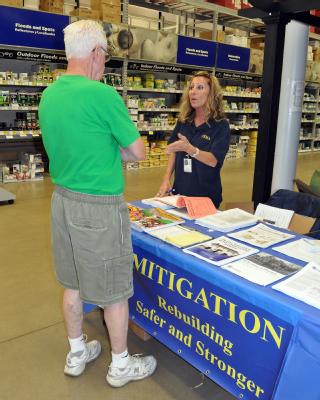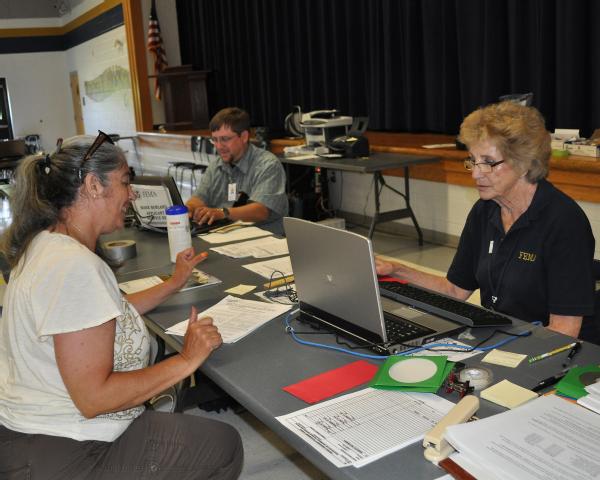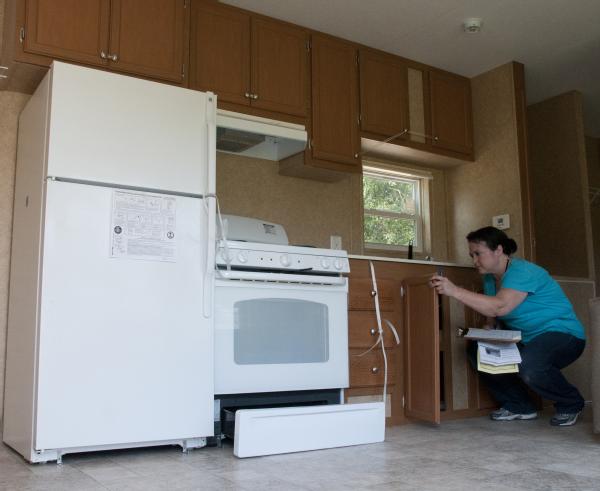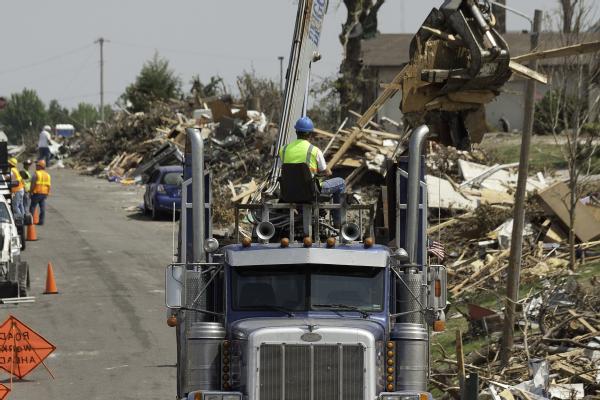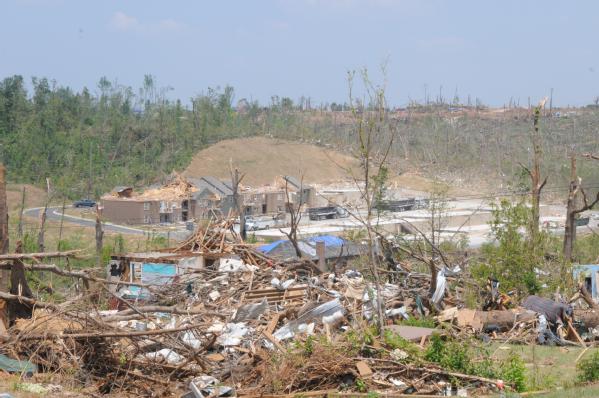Posted by: Damon Penn, Assistant Administrator, National Continuity Programs
As we often say here at FEMA, it's critical that all members of the team, whether its federal, state, local and tribal governments, or the public, have an emergency communications plan. Knowing how you would get in touch with the residents in your communities, or your loved ones, is a key part of how we all can prepare for disasters, both natural and man-made.
One of the most important communications tools that helps federal, state, local, territorial and tribal authorities issue emergency information and warnings to the public is the Emergency Alert System. This system is frequently used and tested at the local level, but to date it has never been tested on the national level. Chances are you have seen or heard the Emergency Alert System tested in your area many times, whether while watching your favorite TV show or listening to the radio.
Today, as part of our larger efforts to strengthen our nation’s preparedness and resiliency, FEMA and the Federal Communications Commission announced that we will conduct the first national-level test of the Emergency Alert System on November 9th of this year at 2 pm eastern. Similar to the way local emergency alert system tests are conducted, the nationwide test will involve television stations (including digital television, cable, satellite audio and television services) and broadcast radio stations across the U.S. and several U.S. territories (Puerto Rico, Virgin Islands, America Samoa) at the same time.
We’re announcing this test date many months in advance because we want all of our partners, and especially the public, to be aware of this test, what it means, and have plenty of time to prepare. To help explain how the test will work and what we can expect, below are some common questions and answers.
What is the Emergency Alert System?
The Emergency Alert System (EAS) is a national alert and warning system established to enable a regional or nationwide alert to address the American public in all 50 states and several territories (additional territories will be capable of receiving EAS messages soon) during emergencies. NOAA National Weather Service, governors and state and local emergency authorities also use it to issue more localized emergency alerts. Under the FCC’s rules, broadcasters, cable operators, Satellite Digital Audio Radio Service providers, Direct Broadcast Satellite service providers and wireline video service providers are required to receive and transmit Presidential EAS messages to the public. While various components of the system are tested regularly, there has never been a nationwide, top-to-bottom, test of the system. Also, to date, the EAS has not been used to deliver a national-level or Presidential alert.
Why is the EAS System being tested now?
The EAS has never been tested on a national level before, and conducting this test is an opportunity to test the system and its capabilities. The EAS test plays a key role in ensuring our nation is prepared for all hazards and people within its borders are able to receive critical and vital information, should it ever be needed.
While EAS tests may be temporarily disruptive to radio and television programming, they are important to ensure that the EAS is functional and that EAS participants are prepared to issue alerts, and it is our intent to minimize disruption and confusion to the extent possible. The November 9 date is near the end of hurricane season and before the severe winter weather season begins in earnest. The 2 PM EST broadcast time will minimize disruption during rush hours, while ensuring that the test occurs during working hours across the United States.
What will people hear and see during the test?
On November 9, the public will hear a message indicating that “This is a test.” The audio message will be the same for both radio and television. However, the image on the screen and the text/crawl at the top of television screen may not be the same for all viewers. When the EAS test is over, regular programming will resume.
As we continue working with all our partners to prepare for the test in the months ahead, FEMA and the FCC plan to conduct outreach to organizations representing people with hearing disabilities to prepare that community for the national EAS test. Outreach will include specific information tailored to the needs of those with hearing disabilities that will be readily available at online sites.
How long will the test last?
We anticipate that the test will last approximately 3 minutes. While most messages, such as tsunami or hurricane warnings, are limited to 2 minutes by the EAS system, the Presidential message capability does not have a time limit. So to evaluate if the system properly interprets the Presidential message code in this test, the message duration must be longer than two minutes in length.
And because, as with all areas of emergency management, this test will involve many members of the team, here is a quick overview of who does what to prepare for a national test:
FEMA develops, operates and maintains the national-level EAS; conduct test and exercises; ensures the national-level EAS keeps pace with emerging technologies through the use of low-cost innovation techniques.
The FCC maintains the regulatory responsibility, rules and enforcement of the Emergency Alert System with broadcasters and wireline service providers.
NOAA’s National Weather Service provides imminent weather threat warnings to the public. During the test, the NWS will provide situational awareness of possible severe weather and climate threats to the United States. If NOAA needs to activate the EAS for severe State/localized weather alerts, test managers may delay the test in that area to make way for the imminent threat weather alert.
State Emergency Operations Centers may monitor the tests and transmissions.
The private sector, including organizations such as the National Association of Broadcasters (including State Broadcast Associations), the Society of Broadcast Engineers (SBE), the National Alliance of State Broadcasters Associations (NASBA), American Cable Association (ACA), the Primary Entry Point Administrative Council (ACA), National Cable and Telecommunications Association (NCTA), Society of Cable Telecommunications Engineers, Broadcast Warning Working Group, and others provide extraordinary input for this test.
This test is another reminder that everyone should establish an
emergency preparedness kit and
emergency plan for themselves, their families, communities, and businesses. Anyone can visit
www.ready.gov for more information about how to prepare for and stay informed about what to do in the event of an actual emergency.
As we continue to work with all our partners in the months leading up to this test, visit the FCC’s Public Safety and Homeland Security Bureau web page, at
www.fcc.gov/pshs for updates and developments. We will also continue to post updates on this blog.




